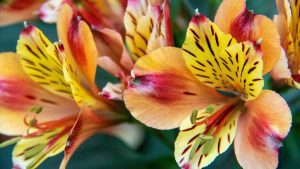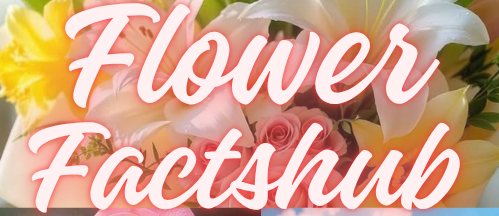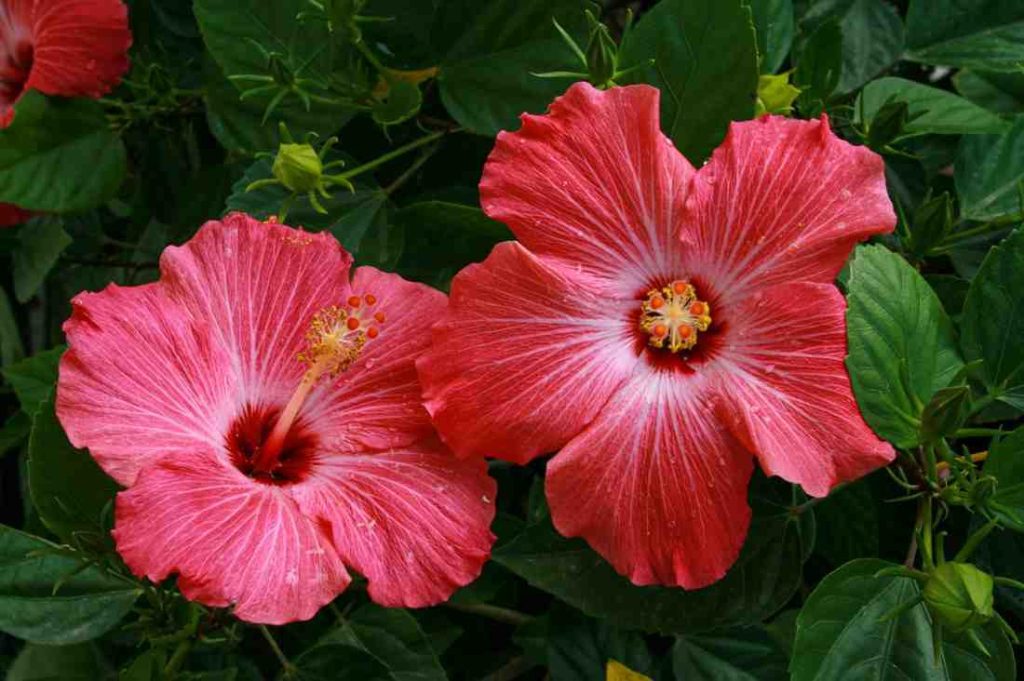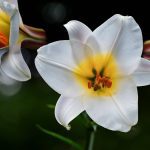If your yard or garden has started to look a bit colorless despite the warmer weather and increased sunlight, you’re not alone. Many gardeners find themselves daydreaming of lush gardens like those in Bridgerton, especially when a neighbor has a more maximalist garden filled with bold blooms. The good news? There’s a solution that not only revives your property, but also instantly lifts your mood tropical flowers. These beautiful and surprisingly accessible plants offer a splash of color and life that feels like stepping into a dreamy destination every time you take a quick glance. Whether you’re a longtime fan of color or just getting started, flowering tropical plants can completely transform your home, office, or garden space.
Personally, I’ve grown hibiscus, orchids, and bromeliads in both indoor spaces and outdoor gardens, even during winter months in cooler climates, by adjusting to seasonal planting and creating warm, humid microclimates. These plants don’t just offer striking color, but also bring vibrant, unique shapes, and lush foliage that support local pollinators like bees, butterflies, and hummingbirds. This, in turn, boosts biodiversity and strengthens the ecosystem. As Denise Brown, the gardening influencer behind @tropicalseductions, says, people adore the vibrant, exotic vibe these lively blossoms bring. With the right USDA Hardiness zone knowledge, you can grow and care for these native treasures from South America, Africa, and Australia, adding lasting curb appeal, freshness, and relaxation to any space.
How do tropical flowers help improve your mood?
Tropical flowers improve your mood by offering a burst of color, fragrance, and freshness that stimulates the senses. Their vibrant appearance can boost dopamine levels, reduce stress, and create a sense of tropical escape, helping you feel happier, more relaxed, and inspired.

20 Most Exotic Tropical Flowers
Tropical regions around the world are home to some of the most exotic and breathtaking flowers ever discovered. These blooms aren’t just visually stunning they’re often rare, deeply symbolic, and culturally significant. Whether you’re a gardening enthusiast, a traveler seeking natural beauty, or someone looking to add a splash of color to your landscape, exploring these flowers is like stepping into nature’s most vibrant art gallery.
Here are 20 of the most exotic tropical flowers and where you can typically find them:
-
Bird of Paradise (Strelitzia)
Native to South Africa, known for its bright orange and blue crane-like bloom.
-
Heliconia (Lobster Claw)
Found in Central and South America, famous for its bold red and yellow bracts.
-
Orchid (various species)
Grows across Asia and South America, highly prized for elegance and variety.
-
Hibiscus
Common in Hawaii and Southeast Asia, symbolizes delicate beauty and is used in teas and medicines.
-
Plumeria (Frangipani)
Native to the Caribbean and Central America, often used in leis and perfumes.
-
Torch Ginger (Etlingera elatior)
Native to Southeast Asia, striking with its fiery red flower head.
-
Passion Flower (Passiflora)
Found in Brazil and nearby regions, known for its intricate petals and spiritual meaning.
-
Rafflesia arnoldii
Native to Indonesia, the world’s largest flower, famous for its size and rare bloom.
-
Bromeliads
Found in the Americas, especially Brazil, great for indoor or outdoor gardens.
-
Anthurium
Common in Colombia and Ecuador, known for its glossy, heart-shaped spathes.
-
Blue Lotus (Nymphaea caerulea)
Native to Egypt and Asia, revered in ancient spiritual traditions.
-
Flame Lily (Gloriosa superba)
Native to Africa and Asia, with dramatic curled petals.
-
Jade Vine (Strongylodon macrobotrys)
Found in the Philippines, known for its glowing blue-green color.
-
Canna Lily
Found across the tropics and subtropics, admired for its large leaves and vibrant flowers.
-
Bat Flower (Tacca chantrieri)
Native to Southeast Asia, dark and dramatic with bat-like petals.
-
Ylang-Ylang (Cananga odorata)
Native to Indonesia and the Philippines, used in perfumes like Chanel No. 5.
-
Ixora
Common in South Asia, clusters of tiny blooms in red, orange, and pink.
-
Zingiber (Ornamental Ginger)
Tropical Asia native, with cone-like bracts and medicinal properties.
-
Calliandra (Powder Puff)
Found in South America, looks like bright pink fireworks.
-
Medinilla magnifica
Native to the Philippines, drooping pink flowers with a bold presence.
These stunning flowers are more than just beautiful they tell the story of their native climates and cultures. As we move forward in this article, you’ll discover how to care for these plants, their significance, and how they can transform any space into an exotic escape.
How to Grow & Care for Tropical Flowers in Non-Tropical Climates
You don’t have to live in the tropics to enjoy the vibrant beauty of tropical flowers you just need to understand how to adapt their needs to your local environment. These plants naturally thrive in warm, humid climates, so the key to success in non-tropical areas is to recreate those conditions as closely as possible, especially during colder months.
Start by planting tropical flowers in pots or containers, which allows you to bring them indoors when the temperature drops. Choose a well-draining soil mix, enriched with organic compost to mimic the fertile soils of their native habitats. Place them where they’ll receive bright, indirect sunlight, such as near south-facing windows or under grow lights if natural light is limited.
Humidity is essential. You can increase it by misting your plants regularly, placing a humidity tray nearby, or using a humidifier especially in dry winter months. Water them consistently but avoid soggy soil, as root rot is a common issue. Most tropical flowers also benefit from regular feeding with a balanced, water-soluble fertilizer during the growing season.
When winter approaches, monitor night temperatures. If it dips below 10°C (50°F), it’s time to move your tropicals indoors. Use greenhouses, sunrooms, or heated patios if you have them, or simply designate a bright corner inside your home. With proper care, even plants like hibiscus, orchids, bromeliads, and plumeria can thrive in cooler climates turning your space into a tropical escape year-round.
The Symbolism & Cultural Significance of Tropical Flowers
Beyond their vivid beauty, tropical flowers carry deep meanings and have played important roles in many cultures around the world. In Hawaiian traditions, flowers like the hibiscus and plumeria symbolize hospitality, friendship, and the welcoming spirit known as aloha. These blossoms are often worn behind the ear or used to craft leis for visitors, marking them as symbols of warmth and love.
In Asian cultures, particularly in Thailand and Indonesia, orchids represent purity, luxury, and spiritual strength. They’re used in ceremonies, offerings, and as a sign of honor and respect. Meanwhile, bromeliads, often associated with the Americas, especially in South America, are considered sacred by many indigenous tribes, representing resilience and a connection to nature due to their ability to grow in seemingly impossible places.
Tropical flowers have also become global symbols in art, fashion, and décor often associated with paradise, sensuality, and vitality. Their bold colors and exotic forms have made them iconic in everything from wedding bouquets to meditative garden spaces. Whether admired for their physical beauty or their cultural roots, these flowers offer more than just visual appeal they tell stories, express emotions, and connect people to the deeper rhythms of life and nature.
Tropical Flowers for a Stunning Garden or Home Décor
Tropical flowers aren’t just for lush rainforests or far-off islands they’re also a brilliant choice for creating a striking garden or transforming your home décor. Their vibrant colors, unusual shapes, and lush foliage bring life and character to any space. Whether you’re planting them outdoors or showcasing them indoors in decorative pots, tropical flowers like anthuriums, bird of paradise, ginger lilies, and heliconias can make your surroundings feel warm, luxurious, and inviting.
In the garden, these flowers stand out beautifully against green backdrops, adding texture and dramatic appeal. Grouping several tropical varieties together in clusters can mimic the dense, wild beauty of a jungle, while placing them in borders or containers adds structure and flair. For interior spaces, single blooms in minimalist vases or arrangements of mixed tropical species instantly elevate the room with their exotic presence.
What’s more, tropical flowers are incredibly versatile. Whether your aesthetic leans modern, bohemian, or traditional, these blooms complement all styles thanks to their color diversity and natural elegance. Their ability to evoke a relaxed, resort-like atmosphere makes them ideal for turning everyday spaces into serene escapes perfect for anyone craving a bit of paradise at home.
Final Thoughts
Tropical flowers are nature’s way of lifting your spirits and energizing your surroundings. With their vibrant colors, unique shapes, and exotic scents, these blooms like Hibiscus, Plumeria, Bird of Paradise, and Heliconia instantly inject positivity and joy into any space. They don’t just decorate, they transform moods, evoking feelings of warmth, adventure, and tropical serenity.
Adding tropical flowers to your home, garden, or even daily routine is a beautiful way to combat stress and embrace cheerful energy. Their radiant appearance serves as a daily reminder to smile, breathe deeply, and find beauty in the moment, because sometimes, a single flower is all it takes to brighten your day.
Frequently Asked Questions (FAQs)
1. What are the best tropical flowers to uplift mood?
Some of the best mood-boosting tropical flowers include Hibiscus, Plumeria, Bird of Paradise, Orchids, and Heliconia. Their bright colors and exotic shapes naturally create a cheerful and calming environment.
2. Can tropical flowers grow indoors?
Yes, many tropical flowers like Orchids, Anthuriums, and Peace Lilies can thrive indoors with proper sunlight, humidity, and care.
3. Do tropical flowers have any health or emotional benefits?
Absolutely. The fragrance and vibrant colors of tropical flowers have been shown to reduce stress, elevate mood, and enhance emotional well-being through sensory stimulation.
4. Are tropical flowers high-maintenance to care for?
Some tropical flowers require warm temperatures, good drainage, and humidity, but many are surprisingly low-maintenance if placed in the right environment.
5. Can tropical flowers be used in aromatherapy?
Yes. Flowers like Plumeria and Ylang-Ylang are popular in aromatherapy for their relaxing and uplifting scents that promote calm and happiness.



